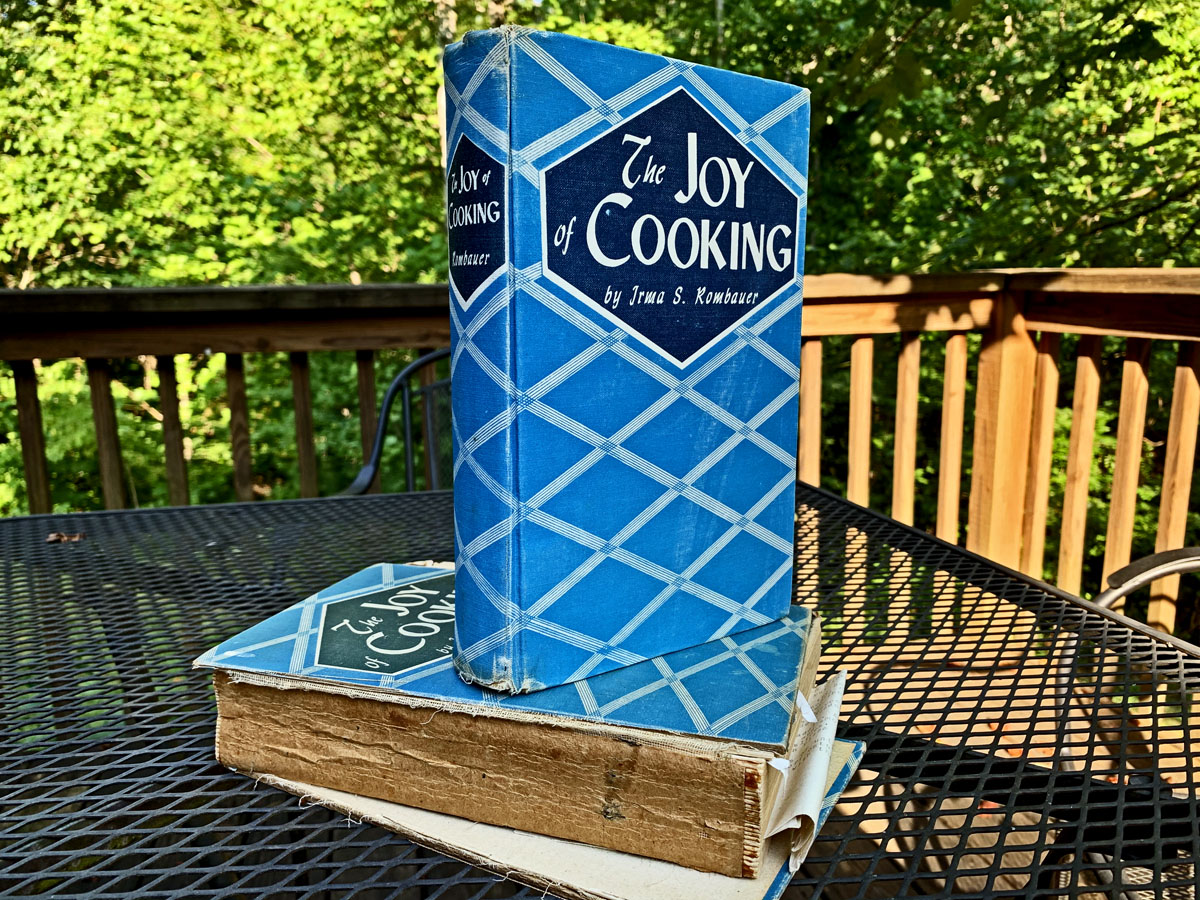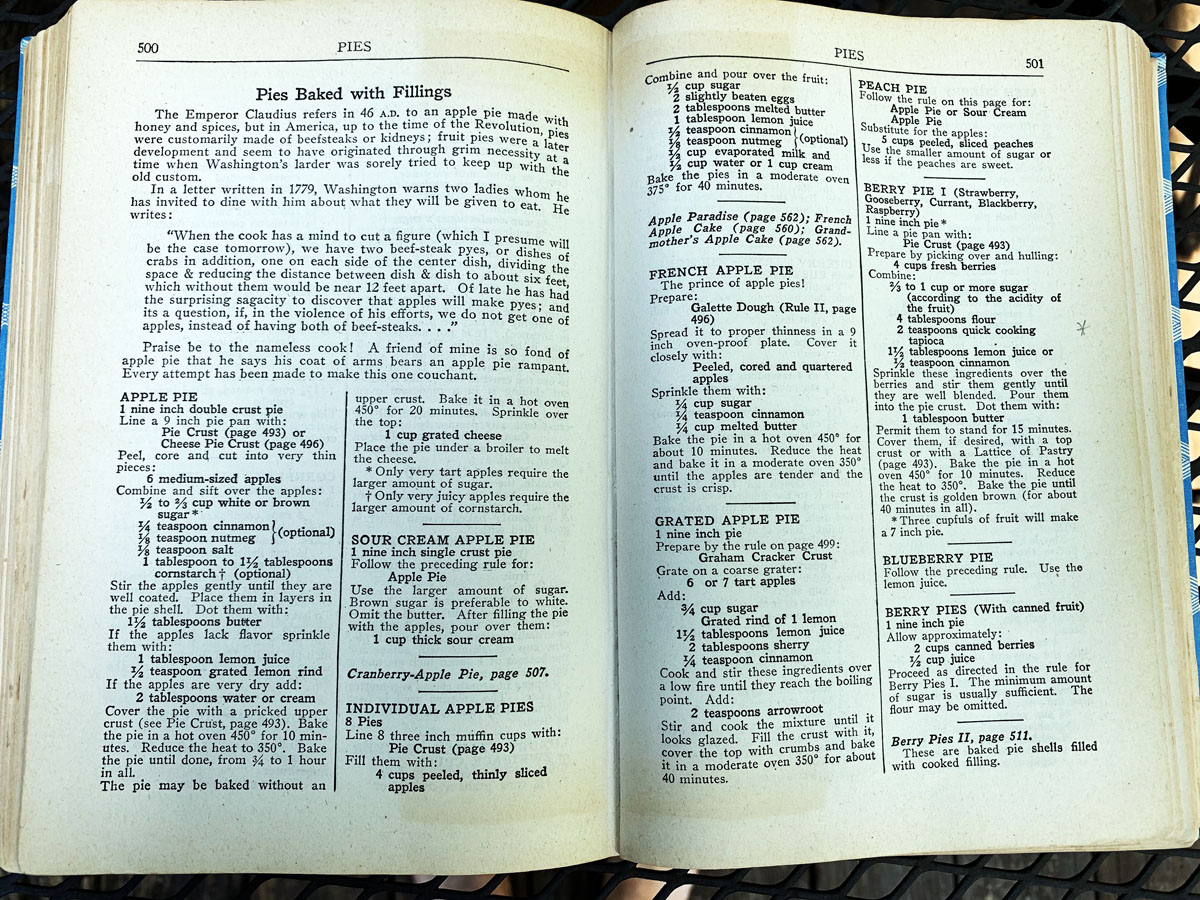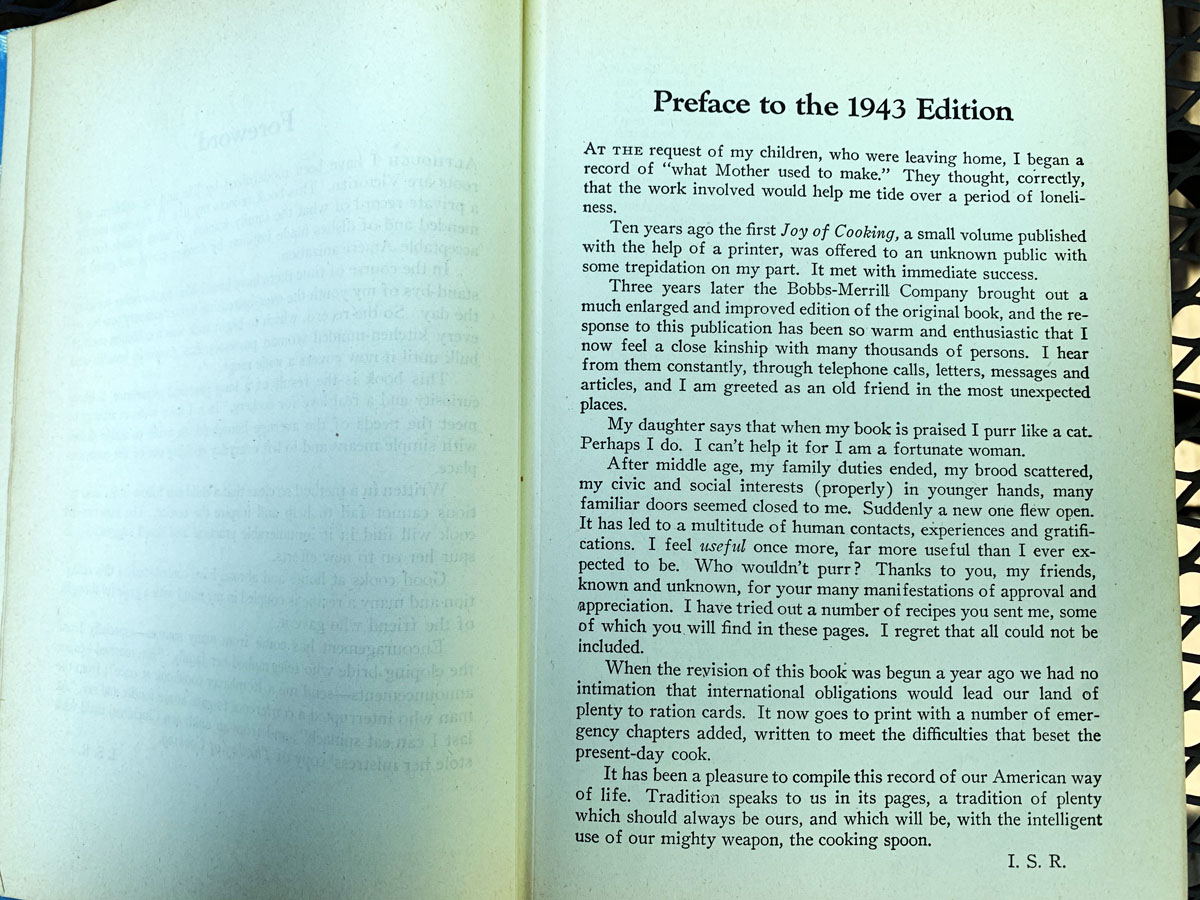
The Reichstag burns, Feb. 27, 1933.
It’s impossible to read William Shirer’s The Rise and Fall of the Third Reich without making comparisons to Donald Trump. To risk an unattractive analogy, to compare the two is like comparing a hot little pustule ripe for popping to a deadly case of gangrene. Donald Trump is stupid, lazy, cowardly, petty, and gratuitously cruel. Whereas Hitler was a political and military genius, and a total psychopath. Hitler had a plan — a diabolical plan that he had the discipline and nerves to execute.
At present I am 450 pages into the 1,250 pages of Third Reich. I’ll have more to say about this impressive book later. But the German election of 1933 is on my mind now because the next American election is just over three months away. We already can see that Trump’s strategy for Nov. 3 is a crummy, timid imitation of the German election of 1933.
Trump wants as much disorder in the streets as possible between now and November. The hot spot at the moment is Portland, where noisy and naive protesters, probably with inexperienced leadership, are up against heavily militarized police and uninvited federal agents. Trump will continue to call for “law and order” to stop the “violent Marxist thugs,” saying that only he can make us safe. Nancy Pelosi, who knows her history and is more inclined toward understatement than overstatement, makes the comparison to Hitler: “Unidentified stormtroopers. Unmarked cars. Kidnapping protesters and causing severe injuries in response to graffiti. These are not the actions of a democratic republic. Trump and his stormtroopers must be stopped.”
Trump cannot win — or steal — the November election without treachery in some form. The question is: How far will he go?
The complete story of the Reichstag fire is still in dispute. Hermann Göring once boasted that he had set the fire, though Göring denied that at Nuremberg. Whatever happened, the Nazis wasted no time in blaming a Communist conspiracy and using the Reichstag fire to try to swing the election, which came six days later. The Prussian government declared:
“Government buildings, museums, mansions and essential plants were to be burned down…. Women and children were to be sent in front of terrorist groups…. The burning of the Reichstag was to be the signal for a bloody insurrection and civil war…. It has been ascertained that today was to have seen throughout Germany terrorist acts against individual persons, against private property, and against the life and limb of the peaceful population, and also the beginning of general civil war.”
The election was March 5, 1933, and it was the last democratic election in Germany during Hitler’s lifetime. The Nazis got 44 percent of the total vote.
FiveThirtyEight’s national polling average, as of July 16, shows Trump with 41.2 percent. To take control with 41.2 percent support, a level of treason and treachery would be required that I don’t think Trump is capable of even conceiving, let alone carrying out. (We should keep in mind, though, that Putin, who owns Trump, is much more competent.) Nor is the American democracy as weakened and exhausted as Germany’s was in the years after World War I. Trump has goons (many of whom have already been brought to justice), but Trump has no Göring.
Just listen to the sadistic voice of Göring, in Frankfurt the day before the elections:
“Fellow Germans, my measures will not be crippled by any judicial thinking…. I don’t have to worry about justice; my mission is only to destroy and exterminate, nothing more! … Certainly, I shall use the power of the State and the police to my utmost, my dear Communists, so don’t draw any false conclusions; but the struggle to the death, in which my fist will grasp your necks, I shall lead with those down there — the Brownshirts.”
In comparison with that, Trump and the even the sadistic Stephen Miller are feckless amateurs. But they will try to keep their power, and their only possible game is a dirty one.
The protesters need to learn some history, too. To march in great numbers and to make as much noise as possible is perfectly good protesting. But to break things or to make any use of fire before such a dangerous election is very foolish.
Update 1: From the Washington Post (be sure to watch the video, which went viral):
A Navy vet asked federal officers in Portland to remember their oaths. Then they broke his hand.
Update 2: Heather Cox Richardson’s Facebook post last night makes the same point that I made in this post yesterday morning. As she puts it: “It seems clear that the Trump campaign — which got a new director last Wednesday — is going to make its case for reelection on the idea that there is violence in America’s cities that must be addressed with federal force, and that only Trump is willing to do so.”
Heather Cox Richardson on Facebook
Update 3: New York Times:
Trump’s Occupation of American Cities Has Begun: Protesters are being snatched from the streets without warrants. Can we call it fascism yet?














